Construction materials play a vital role in the creation of safe, sustainable, and aesthetically pleasing buildings.
The selection of appropriate materials is crucial for ensuring structural integrity, durability, energy efficiency, and overall performance.
This blog aims to provide a comprehensive overview of the various types of construction materials commonly used in building projects.
From traditional materials to innovative solutions, we will explore everything.
What Are Construction Materials for Buildings
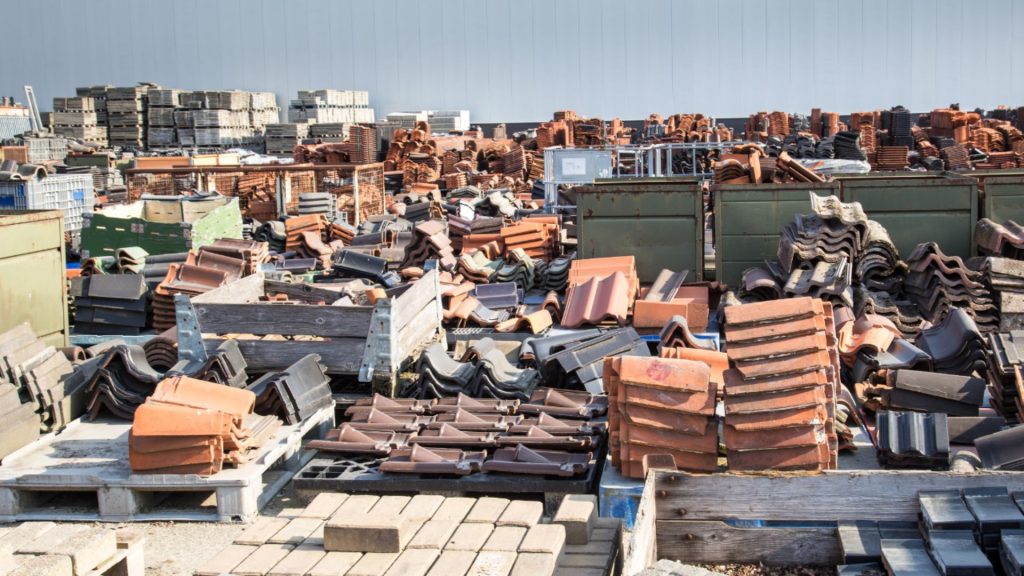
From towering skyscrapers to quaint little homes, all buildings require a sturdy foundation upon which they can stand and thrive. This foundation comes in the form of construction materials, which vary depending on the needs of the structure and the environment in which it is built.
Concrete, known for its durability and strength, is often used for building foundations and walls. Steel, with its high strength-to-weight ratio, is commonly used for supporting beams and frames. Wood, a perennial favourite for its versatility and aesthetic appeal, can be found in everything from window frames to flooring.
Other building materials include brick, glass, and insulation, all of which play an essential role in creating a comfortable and safe environment for future occupants. Whether it’s a towering office building or a cozy family home, the right construction materials are key to ensuring that the structure stands the test of time.
Top 10 Construction Materials for Buildings
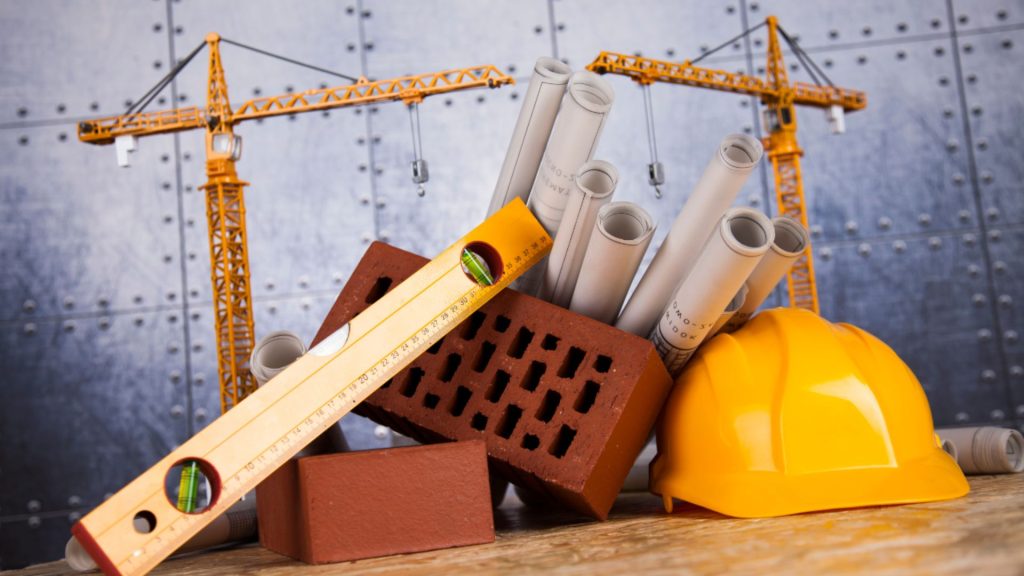
1. Concrete:
Concrete is a construction material that has stood the test of time and with good reason. Made up of several components including cement, aggregates, water, and occasionally additives, concrete is incredibly versatile and offers a range of benefits. Not only is it strong and durable, but it also offers exceptional fire resistance and thermal mass. As a result, it’s no surprise that concrete is used in a variety of applications ranging from foundations to floors to walls and structural components. This powerhouse of material has truly revolutionized the world of construction and continues to be a go-to option for builders and contractors around the world.
2. Steel:
Steel is a material that has captured the attention of builders, architects, and engineers for its exceptional properties. Its strength and ductility make it a go-to resource in the construction industry, especially for structural elements such as beams, columns, and frameworks. One of the most important strengths of steel is its capacity to withstand heavy loads and weather conditions, making it an ideal choice for large-scale projects. Additionally, it is recyclable, making it a sustainable option. It is no wonder that steel has become a favourite among construction professionals who are looking for a strong, durable, and eco-friendly material.
3. Brick:
Since ancient times, brick has been a go-to building material due to its solid structure and impressive resilience. Essentially a baked clay block, bricks are formed through a rigorous process involving firing in a kiln. Buildings constructed with bricks exude a timeless charm that’s hard to surpass. Apart from its aesthetics, this construction material delivers a compelling range of benefits, including fire resistance, excellent insulation and unmatched durability. Building with brick is an effective way to ensure your structures stand the test of time and remain structurally sound for generations to come.
4. Wood:
Wood is a timeless construction material that has been used for centuries and continues to be popular today. Its natural beauty and sustainability are just a couple of reasons why wood remains a top choice for builders. With its high strength-to-weight ratio, ease of construction, and excellent thermal insulation properties, it’s easy to see why wood is used for everything from structural frames and floors to roofs and interior finishes. When it comes to adding warmth and character to buildings, wood is unbeatable. Whether you’re building a new home, renovating an old one, or just looking for inspiration, wood is sure to impress with its versatility and charm.
5. Masonry:
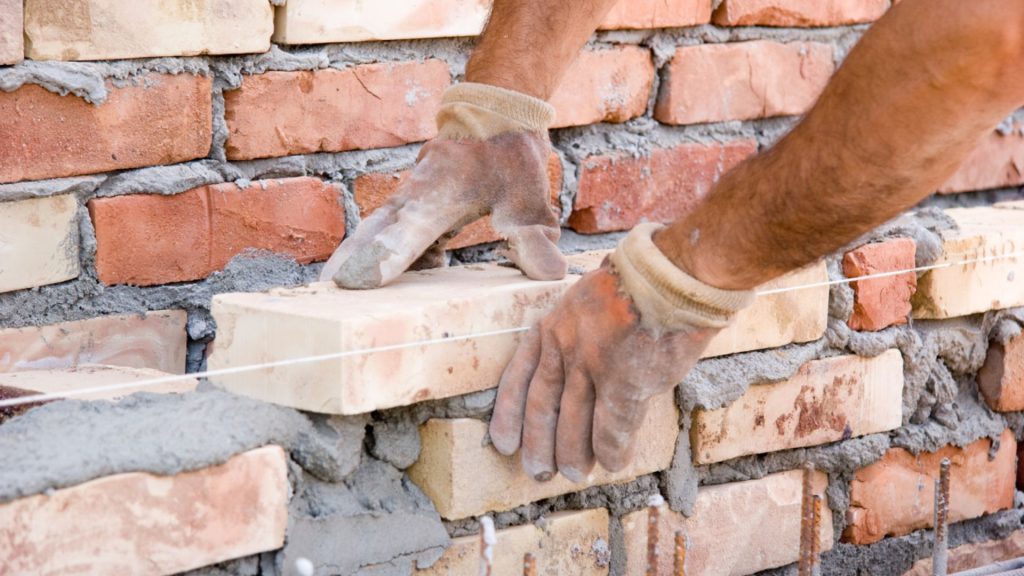
As a building material, masonry has stood the test of time. With its use of strong and sturdy materials like bricks, stones, and concrete blocks, masonry structures are built to last. Aside from durability, they also provide excellent fire resistance and sound insulation, making them a practical choice for many construction projects. But it’s not just the practicality that makes masonry so appealing. The unique textures and patterns that can be achieved with masonry create a timeless aesthetic that imbues a sense of permanence and elegance, whether used in walls, facades, or decorative elements. It’s no wonder that masonry continues to be a popular choice for both commercial and residential buildings alike.
6. Glass:
Glass is a material that has been used in construction methods for centuries, and modern-day architecture would be incomplete without it. Its transparency adds a level of sophistication to the design, allowing for natural light penetration and visual connectivity. The versatility of glass has led to it being used for various purposes in construction, from humble windows and doors to more complex applications such as skylights, facades, and partitions. The different types of glass available, such as float glass, tempered glass, and laminated glass, offer unique properties such as safety, security, and energy efficiency. Whether it’s the safety of laminated glass, with its ability to hold together even after impact, or the energy-saving properties of tempered glass, this essential material has a lot to offer in modern building design.
7. Composite Materials:
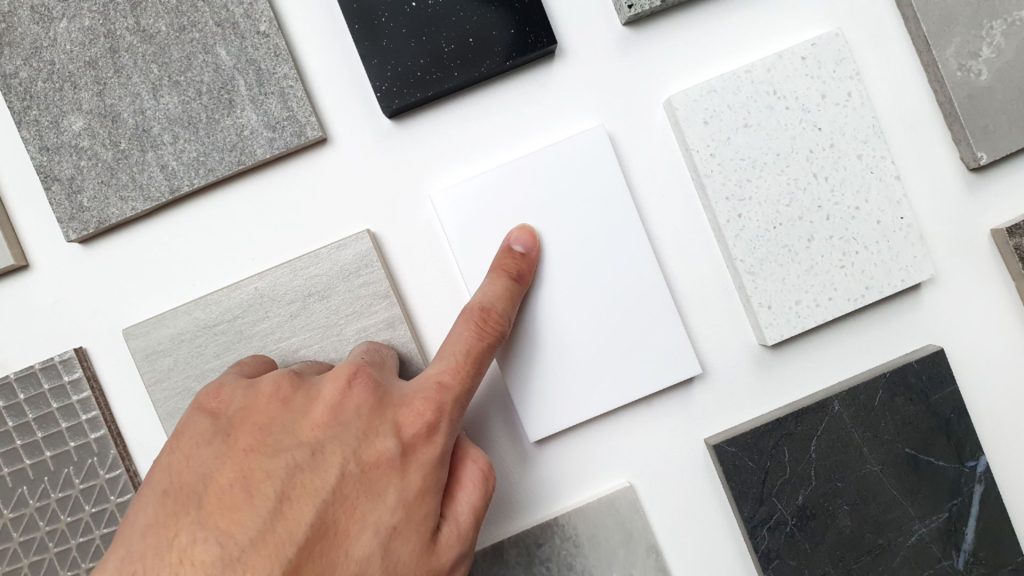
Composite materials have become an integral part of the world we live in. With their unique ability to combine the best properties of various materials, they offer strength, durability, and corrosion resistance all in one. These engineered materials have transformed the world of construction and design, making it possible to build structures and components that last longer and are able to withstand various environmental conditions. From bridges that can bear heavy loads to facades that remain unscathed by weathering, it’s evident that composite materials are the way to go. With innovations in this field, we’re yet to see what else we can achieve with these materials and the limitless possibilities they offer.
8. Insulation Materials:
When it comes to designing energy-efficient buildings, insulation materials play a crucial role in maintaining comfortable indoor temperatures while minimizing energy consumption. These materials are responsible for reducing heat transfer and enhancing acoustics, making them an integral part of any construction project. Commonly used insulation materials, such as fibreglass, mineral wool, cellulose, and rigid foam boards, are incorporated into walls, roofs, and floors to prevent heat loss and regulate temperatures. By using these materials, not only can we create a comfortable and sustainable living space, but we can also save on energy costs and reduce our carbon footprint.
9. Sustainable Materials:
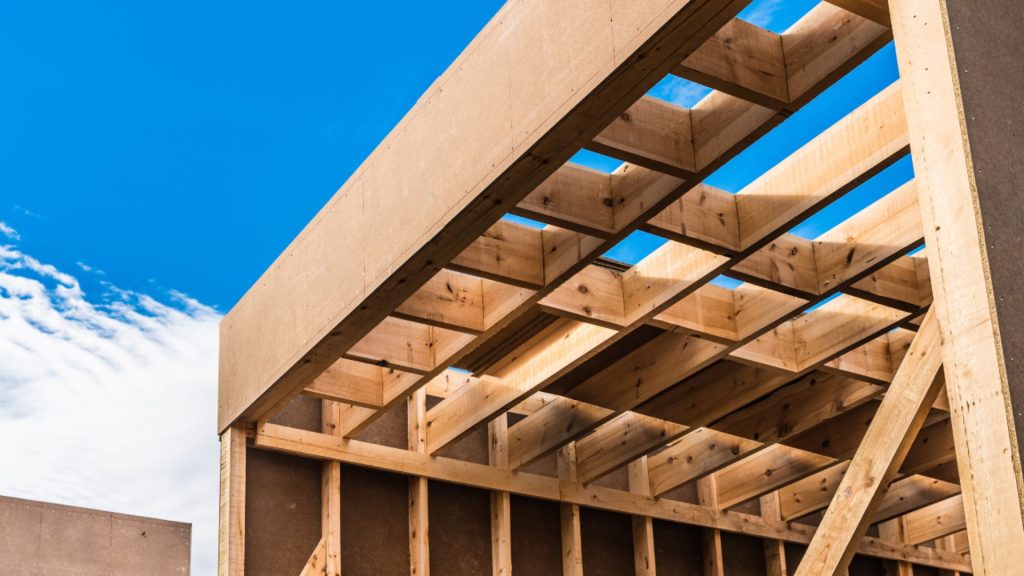
As we become increasingly aware of the impacts of our actions on the environment, it is no surprise that we are seeing a growing emphasis on sustainability in all areas of life, including construction. People are looking for eco-friendly alternatives to traditional building materials, and it’s fantastic to see that several such options have gained popularity. Recycled concrete is one such material that reduces environmental impact by using already-available materials, while bamboo, straw bales, rammed earth, and adobe contributes to energy-efficient buildings while promoting resource conservation. These materials are proving to be a boon for builders and homeowners alike, making it easier to create homes that are not only beautiful and functional but also sustainable and friendly to the planet.
10. Innovative Materials:

Technology has had a significant impact on the construction industry, leading to the development of some truly innovative materials. High-performance concrete and self-healing concrete are just two examples of the kinds of game-changing materials engineers are working with today. Transparent wood, 3D-printed materials, and smart materials embedded with sensors only go to show how much they are pushing the boundaries of traditional construction methods. These materials are more durable, and energy-efficient, and offer greater design possibilities than traditional options, making them the perfect tool for meeting the ever-increasing demands of 21st-century construction. The future of construction is an exciting place to be, and these materials are just some of the ways technology is making it even better.
FAQ’s
What are the basic building materials for construction?
The basic building materials for construction include concrete, steel, brick, wood, and glass. These materials are commonly used in various combinations to create the structural elements and finishes of buildings
What are the 5 materials used to build a house?
Five materials commonly used to build a house are concrete, wood, brick, steel, and glass. Concrete is used for foundations and floors, wood for framing and interior finishes, brick for walls, steel for structural support, and glass for windows and doors.
Which material is used in modern building construction?
Modern building construction often incorporates materials such as reinforced concrete, steel, glass, composite materials, and sustainable materials like bamboo or recycled materials. These materials offer enhanced strength, durability, energy efficiency, and design flexibility.
Why are building materials important in construction?
Building materials are important in construction for several reasons. They determine the structural integrity, durability, and safety of a building. Proper material selection can enhance energy efficiency, aesthetics, and functionality. Additionally, considering factors like sustainability and environmental impact helps create more eco-friendly and resource-efficient buildings.
What are the 7 building materials?
The seven building materials commonly used in construction are concrete, steel, brick, wood, glass, masonry (including stones and clay tiles), and composite materials. These materials offer different properties and applications, allowing for diverse design possibilities and meeting various construction needs.
Final Thoughts:
The choice of construction materials significantly influences the quality, performance, and sustainability of buildings.
From traditional materials like concrete, steel, brick, and wood to modern innovations in composites, insulation, and sustainable materials, each type brings unique characteristics and benefits.
It is essential to consider factors such as structural requirements, environmental impact, energy efficiency, and aesthetics when selecting materials for building projects. By leveraging the right combination of materials, architects, engineers, and builders can create safe, durable, and visually appealing structures that meet the needs of today and the future.
You may also like:
What are building foundations
Understanding Gravity Load In Building Construction
How to Tell if a Wall Is Load Bearing
What is a Helical Pile?




